Mobile displays have become a cornerstone of modern technology, significantly influencing the user experience. From casual users scrolling through social media to professionals editing images on their smartphones, display quality matters. In this article, we will explore various types of mobile displays, their costs, the best and worst companies in the market, and what factors to consider when choosing a smartphone display.
Types of Mobile Displays
- TFT-LCD (Thin-Film Transistor Liquid Crystal Display)
- Overview: TFT-LCD is one of the most common types of mobile displays. It offers decent color reproduction and brightness but falls short in viewing angles and power efficiency.
- Pros:
- Affordable
- Decent image quality
- Cons:
- Poor viewing angles
- Higher power consumption
- Best for: Budget smartphones.
- IPS-LCD (In-Plane Switching LCD)
- Overview: IPS-LCD improves on the limitations of TFT, offering better color accuracy and wider viewing angles.
- Pros:
- Superior color accuracy
- Wide viewing angles
- Cons:
- Slightly more expensive than TFT
- Best for: Mid-range devices.
- OLED (Organic Light Emitting Diode)
- Overview: OLED displays use organic materials to emit light, eliminating the need for a backlight. This leads to thinner, more power-efficient screens with deep blacks.
- Pros:
- Deep black levels
- High contrast ratio
- Energy efficiency
- Cons:
- Expensive
- Potential for burn-in issues
- Best for: Premium smartphones.
- AMOLED (Active Matrix OLED)
- Overview: An advanced version of OLED, AMOLED provides even better color vibrancy and responsiveness.
- Pros:
- Exceptional color reproduction
- Fast refresh rates
- Cons:
- Costly
- Shorter lifespan than LCD
- Best for: High-end smartphones.
- Super AMOLED
- Overview: Developed by Samsung, Super AMOLED integrates touch sensors into the display itself for improved touch sensitivity.
- Pros:
- Ultra-thin and lightweight
- Superior outdoor visibility
- Cons:
- Premium price
- Best for: Flagship models.
- Retina Display
- Overview: Apple’s proprietary display technology, primarily used in iPhones. It boasts high pixel density for sharp visuals.
- Pros:
- Excellent clarity
- Optimized for Apple’s ecosystem
- Cons:
- Limited to Apple devices
- Best for: Apple users.
- Foldable Displays
- Overview: These displays are flexible and allow devices to have dual functionalities (phone and tablet).
- Pros:
- Versatile
- Cutting-edge technology
- Cons:
- Very expensive
- Durability concerns
- Best for: Early adopters of innovative tech.
Cost of Mobile Displays
The cost of mobile displays varies widely depending on the technology used:
- TFT-LCD: $20–$50
- IPS-LCD: $40–$100
- OLED: $70–$200
- AMOLED/Super AMOLED: $150–$300
- Foldable Displays: $500+
Factors such as resolution, refresh rate, and manufacturer influence the pricing of these displays.
Best Companies for Mobile Displays
- Samsung Display
- Renowned for: AMOLED and Super AMOLED technology.
- Strengths: High-quality displays with vibrant colors and excellent contrast.
- Example: Galaxy S series, Fold series.
- LG Display
- Renowned for: P-OLED and IPS-LCD panels.
- Strengths: Consistent quality and innovation.
- Example: LG V and G series.
- BOE Technology
- Renowned for: OLED and LCD panels.
- Strengths: Competitive pricing with quality comparable to premium brands.
- Example: Displays for Huawei and Xiaomi.
- Apple
- Renowned for: Retina Displays.
- Strengths: Unmatched optimization for iOS devices.
- Example: iPhone series.
- Sony
- Renowned for: Triluminos technology.
- Strengths: Excellent color accuracy.
- Example: Xperia series.
Worst Companies for Mobile Displays
While most display manufacturers strive for quality, some brands have received criticism for their offerings:
- Generic OEM Manufacturers:
- Issues: Subpar brightness, poor color accuracy, and unreliable durability.
- Common in: Ultra-budget smartphones.
- Unknown Suppliers in Knockoff Devices:
- Issues: Low resolutions, weak build quality, and poor viewing angles.
- Best avoided: Opt for trusted brands.
Factors to Consider When Choosing a Mobile Display
- Resolution:
- Higher resolution (Full HD, QHD, 4K) offers sharper visuals.
- Best for: Gaming, multimedia consumption.
- Refresh Rate:
- Standard: 60Hz
- Advanced: 90Hz, 120Hz, or 144Hz for smoother scrolling and gaming.
- Brightness and Outdoor Visibility:
- Look for displays with 500 nits or more for good visibility in sunlight.
- Color Accuracy:
- Important for photographers, videographers, and content creators.
- Durability:
- Opt for Corning Gorilla Glass protection or similar.
The Future of Mobile Displays
As technology evolves, displays are set to become even more advanced. Key trends include:
- MicroLED Technology:
- Offers superior brightness, longevity, and efficiency over OLED.
- Currently in the experimental stage.
- Under-Display Cameras:
- For a seamless screen experience, with no notches or cutouts.
- Rollable Displays:
- Allowing even greater flexibility than foldable screens.
Conclusion
The mobile display market is diverse, catering to varying needs and budgets. While TFT-LCDs and IPS-LCDs dominate the budget and mid-range segments, OLED and AMOLED displays are preferred for their superior performance in premium devices. Samsung and Apple lead the charge in innovation, while some lesser-known brands lag behind in quality. When choosing a smartphone, understanding your usage patterns and display preferences is crucial to making an informed decision.
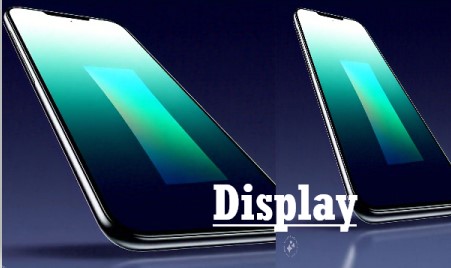

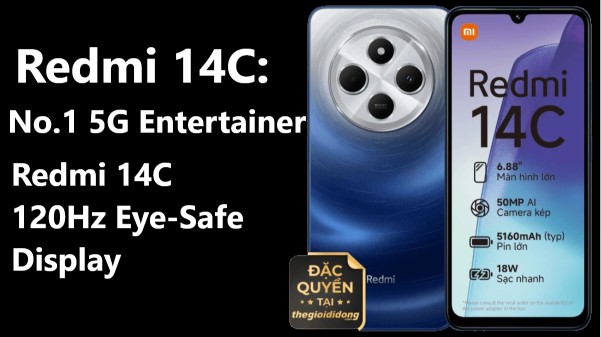


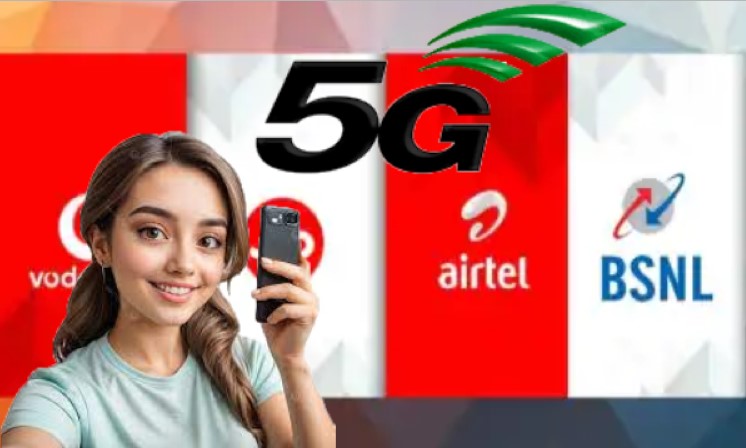

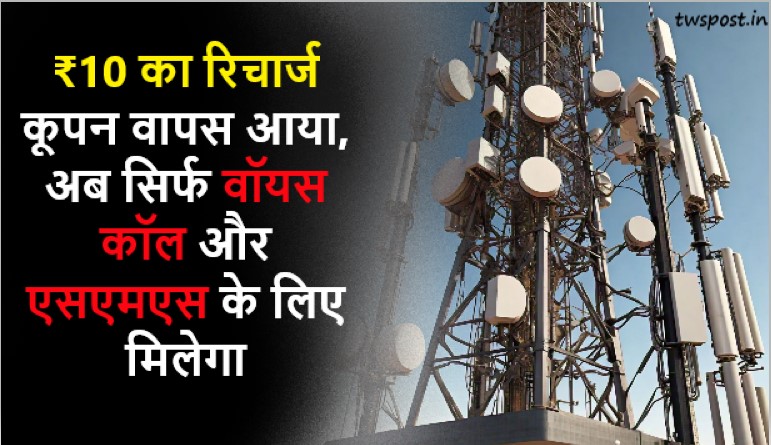

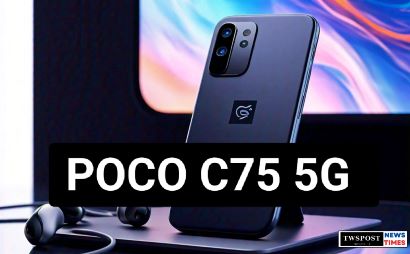
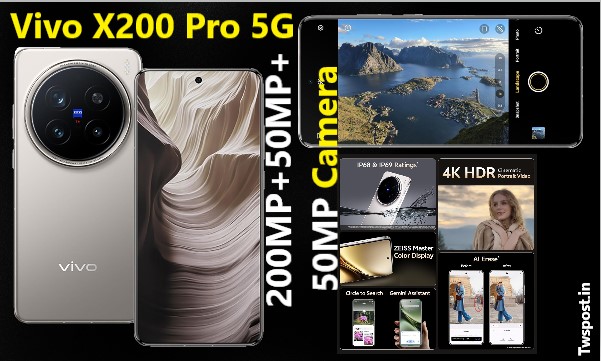
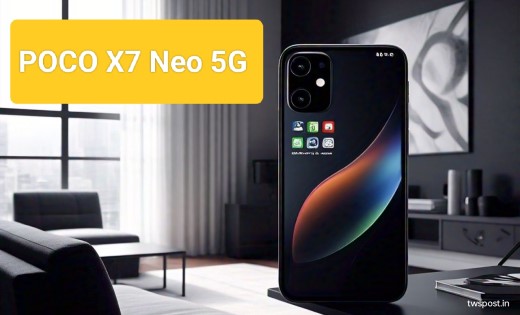




Leave a Reply